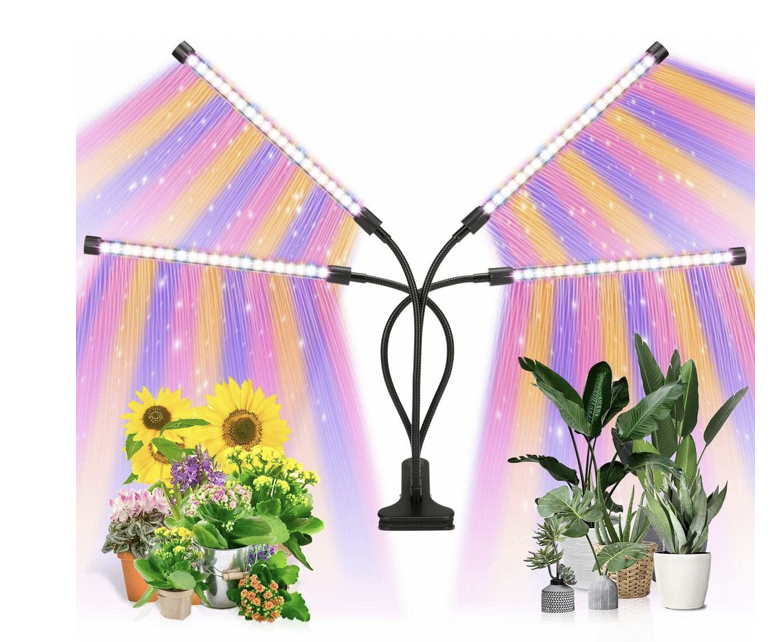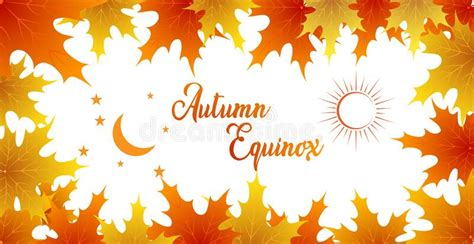
It’s almost the Autumnal Equinox when nighttime hours equal and then begin to surpass daytime hours.The weather starts to cool off. In many places, it will soon become too cold for potted plants such as herbs and succulents to survive outdoors. To keep enjoying your potted garden, bringing it indoors is a great idea.
Finding places and caring for all those plants is sometimes a challenge. Let’s look at some best locations for plants- who needs bright light or can thrive in lower light. Who needs water more often than others- we’ll try and group plants with similar water need together to make care easier. And, how to make sure you’re not bringing in pests on the plants themselves.
Check for Pests
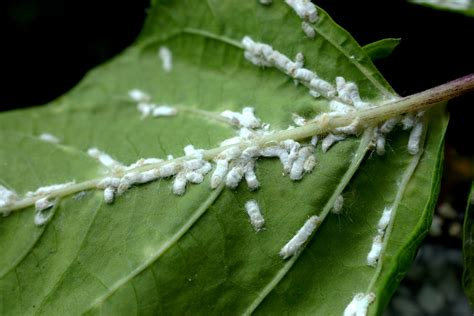
The first thing to look at when bringing plants indoors is to make sure they are free of pests. Many people repot their plants just to make sure they have fresh potting mix and are assured there are no insect eggs hiding in the pot. This is a good idea if the plants have been outdoors all Summer. If you only have a few pots this is doable, but if you have a LOT of pots, like I do, it’s not as reasonable a suggestion.
What I do is drench the pots with a solution of seaweed fertilizer and neem oil a week or so before I’m going to bring the pots indoors. The seaweed fertilizes the plants and the neem oil knocks out “most” insects hiding in the soil.
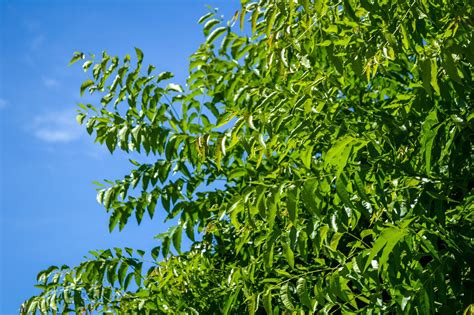
While neem oil is great for treating for insects and fungal diseases, too, it is not recommended for all plants. It is not recommended to use neem oil on these plants:
- Basil
- Caraway
- Cilantro
- Chives
- Lettuce
- Oregano
- Parsley
- Peas
- Spinach, Kale, Collards and Swiss chard.
Do not use neem oil on recent transplants or on plants that are under stress. Also, if you’re using neem oil for the first time on leafy plants or herbs, test on a small part of the plant. If it looks OK after a few hours, you’ll be good to go. Try not to go overboard. Just use as much neem as recommended on the label of the product.
If you see any hitchhikers that might make it inside, treat them.
Light Requirements
Different plants have different light requirements outdoors, so it’s no surprise they have those same requirements indoors, as well. Indoor light is never going to be as bright and strong as outdoor light, but we can help our plants thrive by placing them in the right spot.
Sun Loving Plants
If you’ve had plants in full sun outdoors, place them in the sunniest place in the house. A south facing window is great because it gets the most light all day. Direct sun through a window, however, can burn some plants. What we’re looking for is bright light without direct sun for many hours. A short time of direct sun on a sun loving plant indoors will be beneficial.
Herbs typically need as much light as you can give them indoors. If you want to have your herbs in the kitchen for ease of use and for the aesthetic appeal and you don’t have enough light there, use a grow light or fluorescent light. A compact fluorescent light works great and can be used in an attractive fixture.
Some light loving succulents can also benefit from a supplemental light source so they don’t stretch out over the time they’re indoors.
Watering
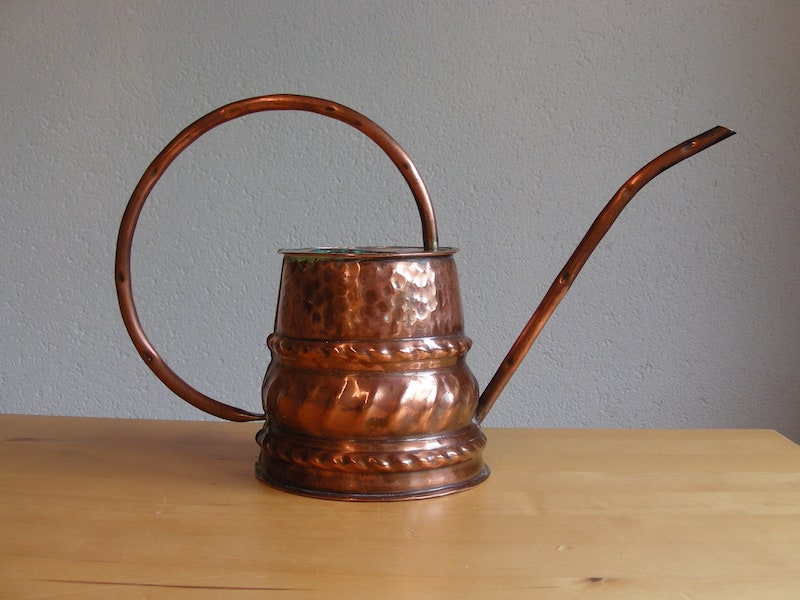
Watering indoor plants is a little trickier than outdoor ones. For one thing, you don’t want water all over your floor, shelf, carpet or kitchen window sill. Placing flat containers under your plants is a good idea so water overflow will be captured. With herbs and other herbaceous plants, it’s fine to leave the water in the saucer underneath the plant. With succulents, it’s not such a good practice. It restricts the good drainage that succulents need, especially when growing indoors since they don’t use up as much water as they do outdoors.
In fact, many succulents sort of go dormant in the winter, even in the warmth of a heated house. It’s best to water indoor succulents only when they are absolutely dry. Try and water as thoroughly as you can without overwatering and having water spill all over the place. Then, when the pot has drained, empty the water from the tray or saucer under the plant. In most cases, you’ll only have to water every 2-3 weeks for most succulents.
Be aware, however, that any plant in a small pot will need water more frequently than a plant in a large pot. So, my suggestion is to group any succulents you have in small pots together so they can be watered all at once and leave the bigger pots for more infrequent watering. The best way to tell if your succulents need water is to feel down inside the pot. Or, lift the pot. If it is very light, the soil is dry. The absolute best way to tell is with a water meter. It’s a simple device with a probe you can push all the way down into the pot and the readout on the dial will tell you if the soil is dry, damp, wet, etc.

If you have succulents in small pots with different light requirements, you might make a few collections of them so each grouping has the correct light requirements and can be watered together.
Enjoy your plants
For many years I avoided having plants in the house, even in the winter. I put all of them in the greenhouse. But, over time, I’ve collected plants that are rare and are part of my personal collection, not plants that are for sale or for propagation for sale. Those are the plants that I now bring indoors when I know the weather has a chance of a freeze. Even here in South Central Texas, we can have damaging freezes several times a year. Some years, of course, more or less than others.
I now completely enjoy my indoor plants so much so, that even during the summer, some of my favorites stay indoors. I enjoy the ritual of watering, watching for pests or disease or signs of over or under watering. It’s relaxing to me and I feel close to nature even when staying indoors due to inclement weather.
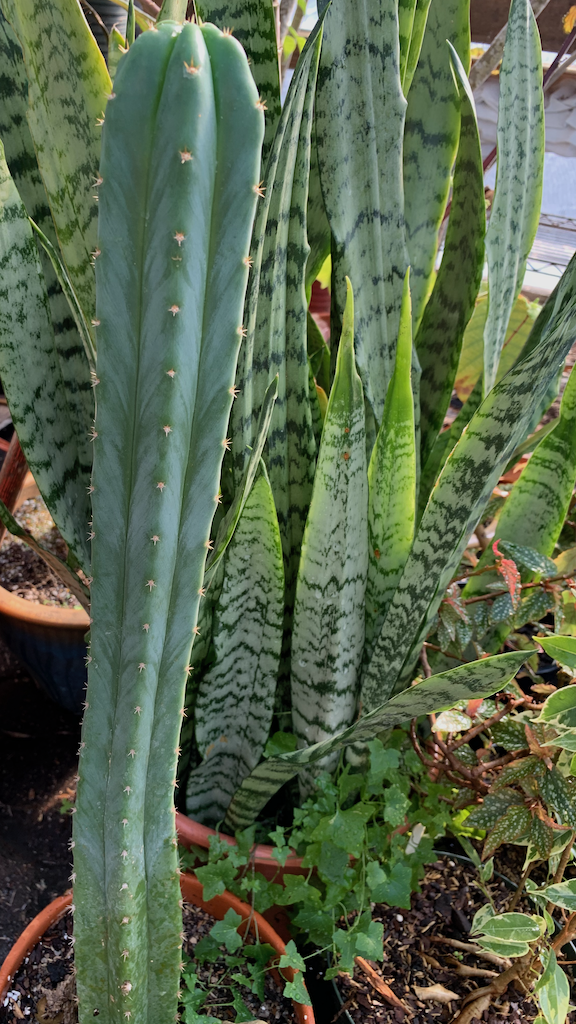
Until Next Time,
Good growing to you!
QUOTE FOR THE MONTHThe test of a democracy is not the magnificence of buildings or the speed of automobiles or the efficiency of air transportation, but rather the care given to the welfare of all the people. -Helen Adams Keller, lecturer and author (27 Jun 1880-1968)

